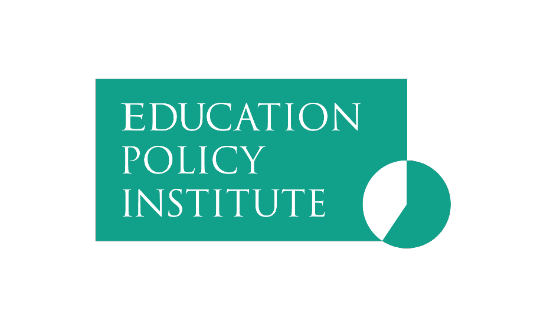
Kumon students significantly outperform their primary school peers.
A large-scale independent study - 2020
In 2020, the Education Policy Institute (EPI) - an impartial and evidence-based research institute - carried out independent research aiming to investigate the link between studying the Kumon Maths Programme and children’s school performance.
The results revealed Kumon students significantly outperform their primary school peers in maths, leaving them well placed for the transition to secondary school.

The Headline Results
The research question
The findings
What is the link between studying the Kumon Maths Programme and a child’s performance in their Key Stage 2 SATs?
(Research carried out in the UK - ROI equivalent fifth class.)
Kumon students are over a year ahead of the national average, and over six months ahead of their peers in their maths learning at the end of primary school.
The research question
What is the link between studying the Kumon Maths Programme and a child’s performance in their Key Stage 2 SATs?
(Research carried out in the UK - ROI equivalent fifth class.)
The findings
Kumon students are over a year ahead of the national average, and over six months ahead of their peers in their maths learning at the end of primary school.
The bigger picture
Kumon is proud to be recognised as an education provider that delivers proven academic results.
By excelling ahead of their peers by the end of primary school, we believe Kumon students have the confidence, study skills, and academic ability to thrive in their transition to secondary school.
Kumon study really does help children of any age and any ability to shine.
All pupils attending state-funded schools in England take their Key Stage 2 national curriculum assessments (SATs) in the final term of Year 6. Pupils receive a scaled score between 80 and 120, with 100 labelled the ‘expected standard’.
The 2020 EPI research found that, without controlling for characteristics, Kumon students who had accessed the Kumon Maths Programme for at least three months scored, on average, 5.27 additional points in their maths SATs compared with the national average. This translates to over a year of additional progress.
Given that, as with any specific group, there are a number of characteristic differences between Kumon students and the general population, Kumon students were then matched with children of similar attributes to reduce the potential influence of external variables. When compared with this control group, Kumon students were found to achieve, on average, 1.8 additional points in their maths SATs compared with their matched peers who had not accessed Kumon. This translates to 6.8 months of additional progress.




